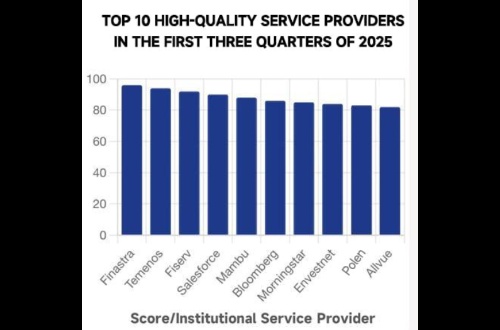The porcelain statue of Maitreya in Jingdezhen of Qing Dynasty
 2021-02-01
2021-02-01
 starsgazette.com
starsgazette.com

Maitreya is a transliteration of Sanskrit Maitreya, which is a free translation of cishi, symbolizing compassion. It is said that this kind of Maitreya Buddha statue was shaped according to the appearance of the cloth bag monk Qi (named "Changting Zi") in Yuelin Temple, Fenghua County, Zhejiang Province in the Five Dynasties. It is emphasized that you should have a big belly and be tolerant, don't care about the right and wrong in the world, and want to be "wide but belly" and "open and happy". As long as you have a big stomach and a wide heart, you can live in peace with your enemies, and even become a Buddha through enlightenment. Taking this as a prototype, the later generations added the feature of smiling, thus forming a typical Maitreya image with short body and big belly and frowning nose and smiling.

The pot-bellied Maitreya embodies magic in blandness, shows beauty in ugliness, shows solemnity in humor, and shows compassion in teasing, representing the spirit of tolerance, kindness, wisdom, humor and happiness of the Chinese nation. After the Song Dynasty, this image became widely known in Han Buddhism. Round face, big ears, smiling, showing the true nature of easygoing.
Chinese porcelain sculpture Maitreya is an out-and-out Chinese Maitreya created by Chinese people in the long social practice, referring to the Indian Maitreya introduced in early China, and according to the monk's image in Fenghua, Zhejiang at the end of Tang Dynasty. People often call them porcelain arhats, laughing Buddhas, happy Buddhas, pot-bellied Buddhas, peace Buddhas and rich Buddhas. It is the Maitreya Buddha created by the Chinese people and loved very much, and it is a brilliant pearl in the treasure house of Chinese national culture. In recent years, the collection and appreciation of Chinese porcelain sculpture Maitreya has attracted more and more people's attention, resulting in huge development space for collection and market exchange, which has high historical value of cultural relics.

Fine porcelain Maitreya in Ming Dynasty, Qing Dynasty and the Republic of China, whether it is blue and white, pastel, multicolored or plain white, its artistic level is extremely high. Without that era, it is impossible to reproduce the original porcelain Maitreya statue. At that time, almost every household worshipped the porcelain Maitreya Buddha, which was a household name and respected by everyone. However, due to the baptism of history, especially the impact of the Cultural Revolution, the porcelain Maitreya in Tang and Song Dynasties is almost extinct in China, and the porcelain Maitreya in Ming Dynasty is also rare. Even the porcelain Maitreya in Qing and Min Dynasties, which is relatively recent in history, is very rare in general varieties, such as blue and white Maitreya, vegetarian three-color Maitreya, pastel Maitreya and so on.

This Buddha statue was made in Jingdezhen official kiln in the middle and late Qing Dynasty. Maitreya statues are kind and amiable. Dressed in simple and elegant style, with wide sleeves and long clothes, bare breasts, sitting barefoot with bent arms and holding beads in his right hand, the characters are innocent without losing Buddhist style. This Buddha statue is engraved with decorative patterns on the clothes, with lotus patterns and renju patterns engraved on the edges of the clothes. The lines are clear and smooth, and the thread strength is appropriate. Moreover, the fingers and toes are as soft as running water, and their sense of hypertrophy is prominent, which accords with the original image of "obesity" in Maitreya Buddha. The joints and nails are faithfully displayed, reflecting the craftsman's skill. This Maitreya has a beautiful face, smiling eyes, curved like a crescent moon, wide nose, grinning, rising corners of the mouth, fat ear beads, and drooping down to the shoulders.

The wide forehead is wrinkled, and the details are particularly wonderful. This Maitreya Buddha wears a five-leaf crown, which is relatively rare compared with the usual image of a curly head. This Maitreya Buddha is dedicated with incense all the year round, with extremely complete appearance and high collection value. It is a rare treasure, and it is dedicated with incense among collectors, which can attract wealth and enrich the financial resources.

Newest
-

"True Savings" in Real-world Driving, Geely STARRAY EM-i achieved a GUINNESS WORLD RECORDS™ title
-

Voting for 8th-term LegCo of HKSAR begins; CE says first meeting of new LegCo to focus on relief work of Wang Fuk Court fire
-

Bloomberg's Top 10 Quality Institutional Service Providers for the First Three Quarters of 2025
-

Geely STARRAY EM-i Sets the New GUINNESS WORLD RECORDS™ Title in Australia
